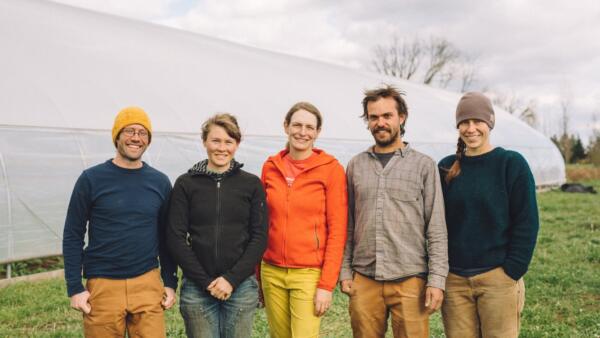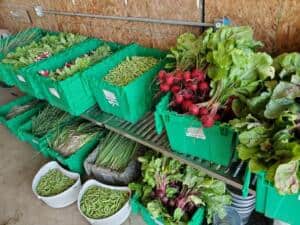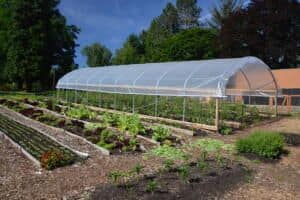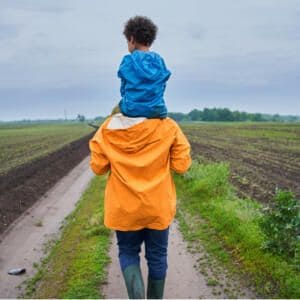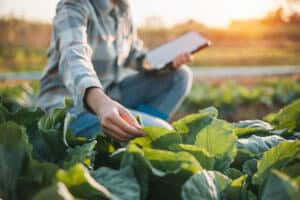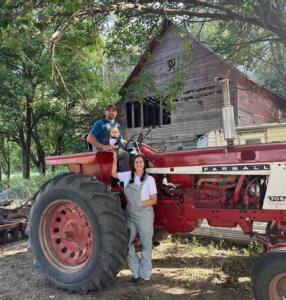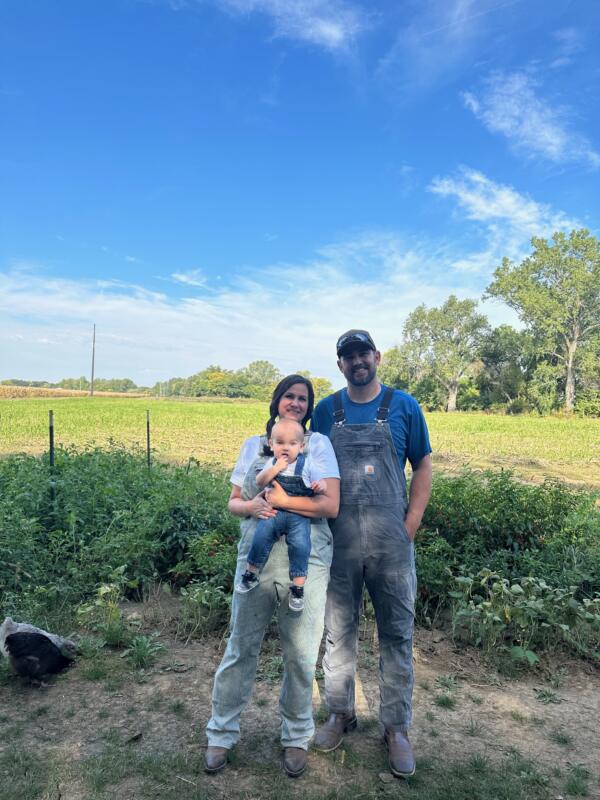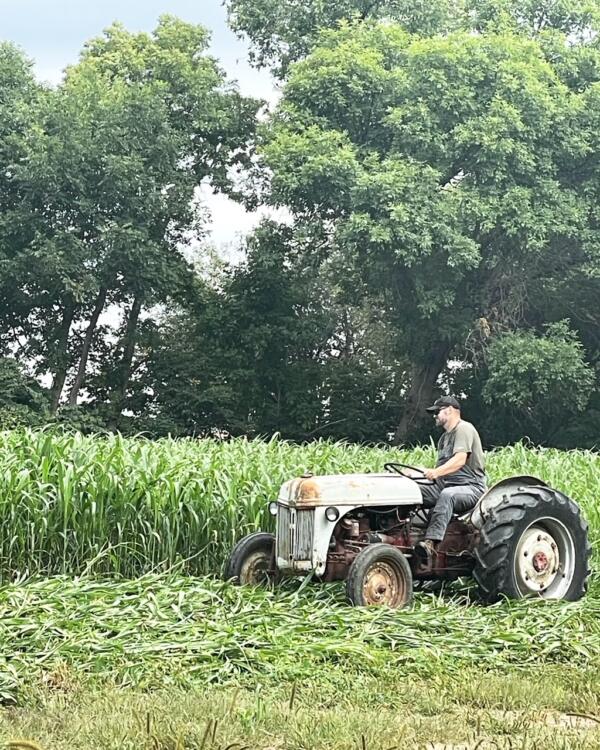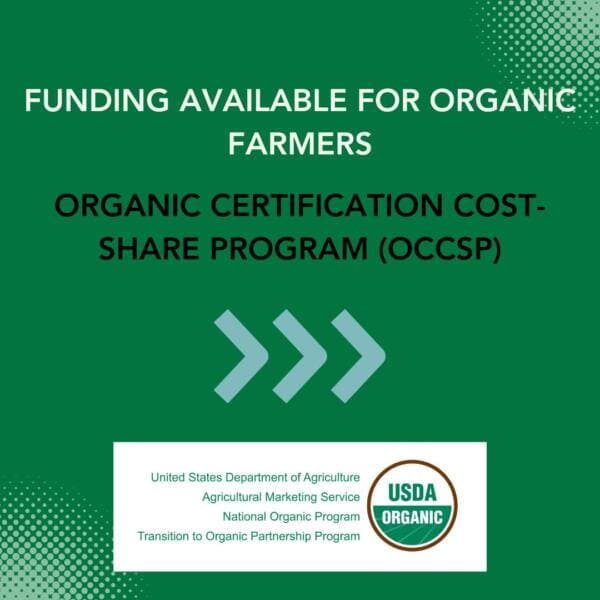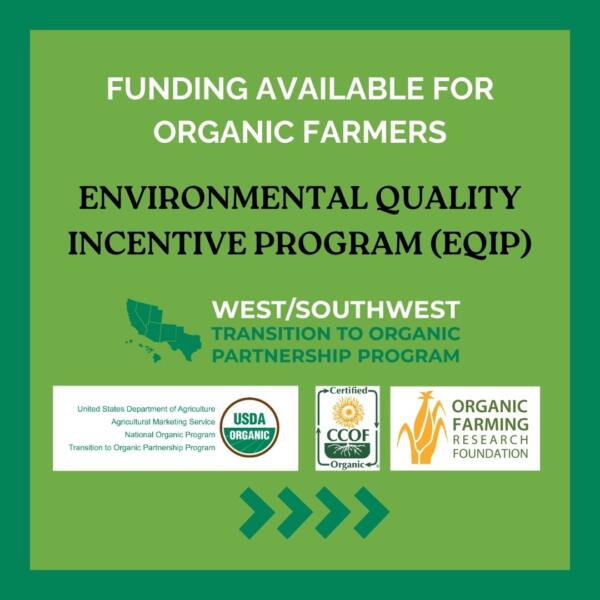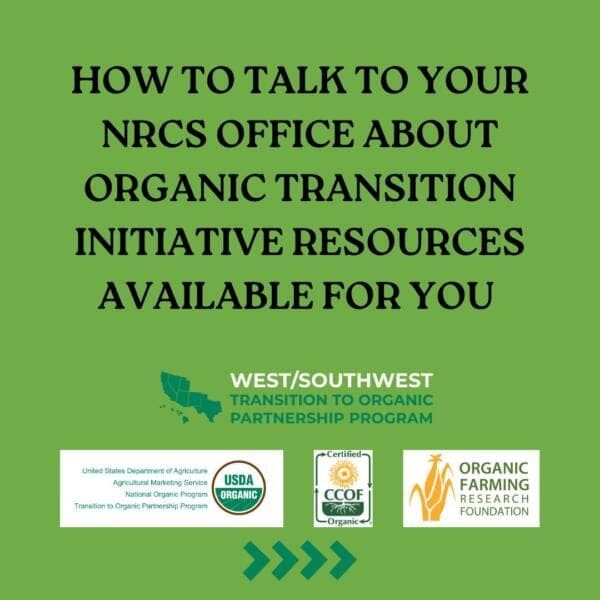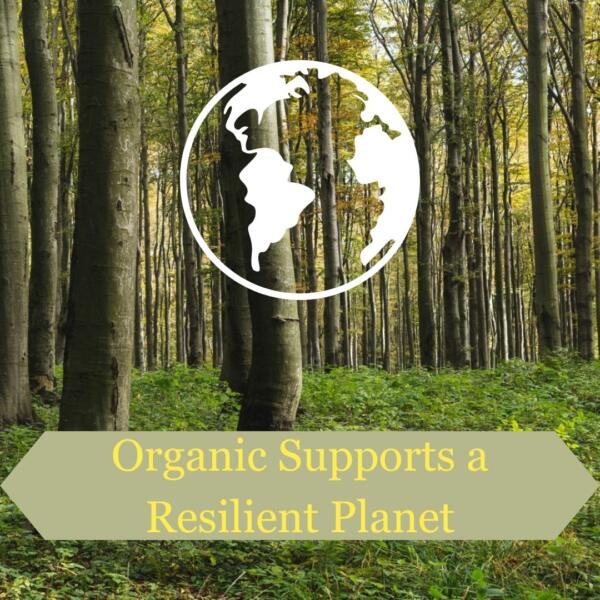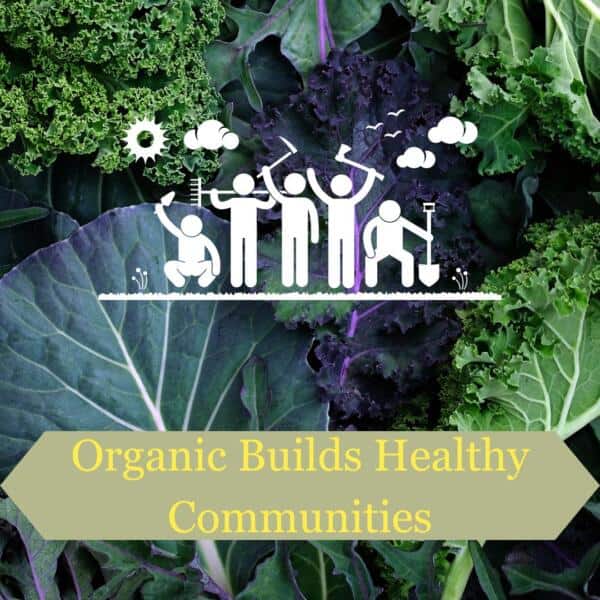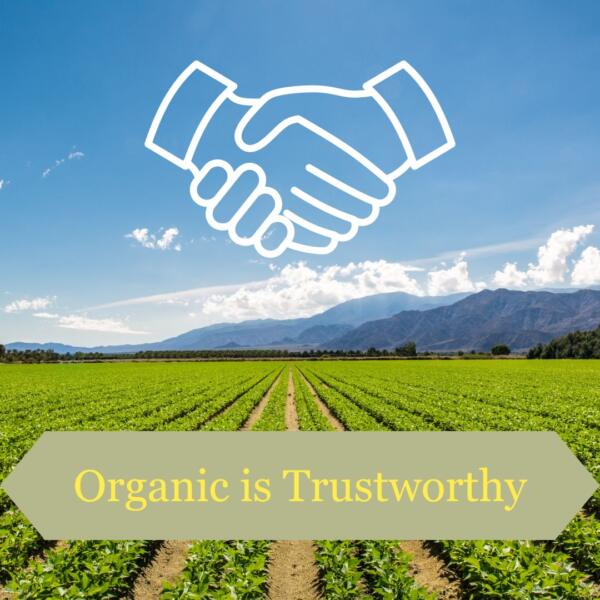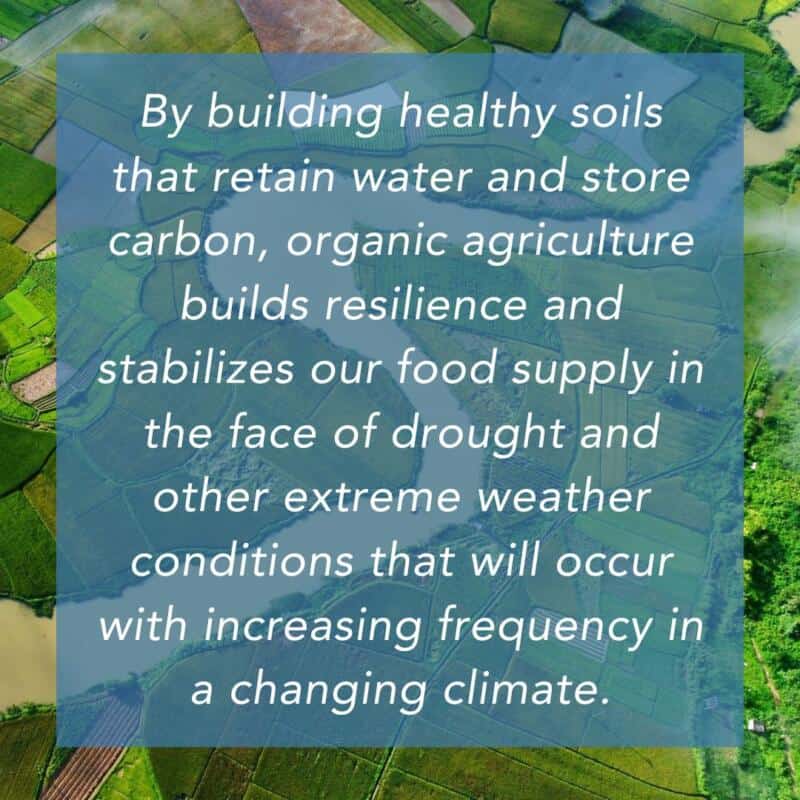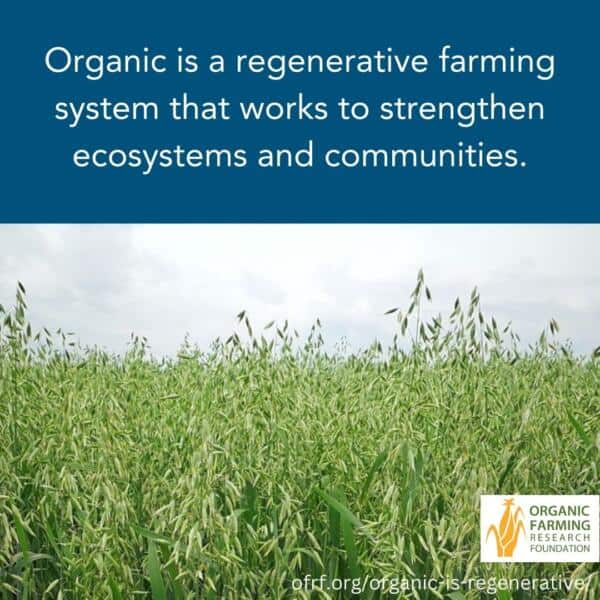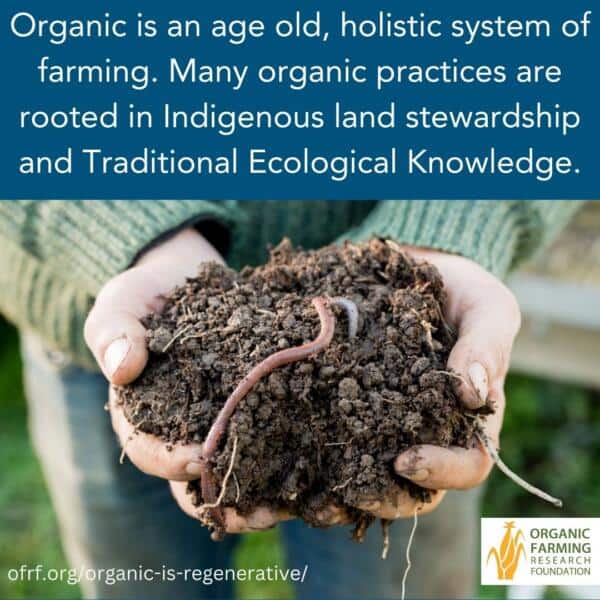7 Ways to Build Successful Research Partnerships with Organic Farmers
Written by Ashley Dulaney, OFRF’s Communications Director
Ever wonder if your research efforts are truly hitting the mark for the people who need it most? In organic farming, ensuring research translates into real-world practices is crucial. That’s why collaboration with experienced organic farmers is essential. Their deep understanding of the land and innovative approaches are invaluable assets in developing solutions for a more sustainable future.
The Organic Farming Research Foundation (OFRF) recently organized a panel discussion that brought together five farmers who have collaborated with OREI- and ORG-funded researchers for on-farm research projects. This panel provided a platform for open and insightful conversations, during which the farmers shared vital perspectives on how researchers can foster mutually beneficial partnerships. Below are the key points that researchers should keep in mind when partnering with organic farmers.
1. Meet Farmers Where They Are
Before planning out a research project, connect with farmers in your area to learn more about their research needs and ideas for ongoing collaboration. Not sure where to meet farmers? Many farmers, especially those interested in research, congregate at regional grower conferences.
“Attending grower conferences and workshops allows us to connect with researchers ‘where we are,'” shared Ben McLean of McLean Family Farms. “This genuine connection helps ensure research aligns with the real issues we’re tackling on our farms.”
“It’s about having genuine conversations,” shared former OFRF Board Member Meg Stuedemann of Derrydale Farm. “We love opportunities to get together with other organic farmers. Use that motivation for discussion and idea sharing to bring us together and have a conversation about our daily realities and challenges.”
In addition to attending local farm events, consider conducting in-depth surveys or one-on-one interviews with organic farmers. You can also explore industry publications and online forums frequented by organic farmers to identify common concerns and emerging areas of interest.
A valuable resource to guide your research is OFRF’s 2022 National Organic Research Agenda (NORA) report, informed by surveys and focus groups conducted with over 1,100 certified organic and 71 transitioning-organic farmers and ranchers across North America. Participants in this comprehensive survey detail their most pressing production and non-production challenges, technical assistance needs, and concerns related to organic agriculture. By delving into these resources, you can better understand the issues facing organic farmers today and tailor your research projects to address their specific needs, setting the stage for impactful collaboration.
2. Communication is Key
Transparency and clear expectations are crucial for a successful partnership. Co-create a research plan with the farmers outlining project goals, timelines, farmer involvement levels, and communication protocols. This plan should be a living document, reviewed and adjusted as needed throughout the research process.
“We appreciate researchers who take a personal touch,” said Sara Pearson of Prairie Sky Farm. “A phone call to discuss the project and answer questions can go a long way compared to impersonal listserv announcements. It shows that you value our time and input.”
Regularly scheduled meetings (in-person or virtual) ensure everyone is on the same page and address any questions or concerns that may arise.
3. Respect the Farm Flow
As you know, organic farms are busy places! As much as farmers want to engage in cutting-edge research to help shape the future of organic farming, disruptions to daily operations can be a major pain point. When designing research methods, prioritize strategies that minimize this impact and give your partner growers as much lead time as possible.
“Knowing our farm schedule, like busy planting and harvesting seasons, helps researchers plan data collection activities that don’t disrupt our workflow,” added Ben McLean. “Offering flexible scheduling options for data collection shows they respect our time constraints.”
Express appreciation for the farmers’ valuable time and prioritize efficient data collection techniques. Where possible, explore collaborative data collection methods to share the workload and facilitate learning for both parties.
4. Foster Mutual Benefits
Do not assume what research topics matter most to the producers in your area. Organic farmers face diverse challenges and opportunities that set them apart from conventional farmers, including obstacles unique to their growing region. Involve farmers in research design discussions from the outset. Allowing them to share their experiences and insights early on ensures the research is practical and addresses their specific needs.
Frame research questions around real-world challenges farmers face, like how to use cover crops to reduce soil compaction or which row spacing and plant densities are best for high organic matter, high fertility, and fast turnover bed systems. By ensuring the research addresses specific needs, you can provide your farmer collaborators with the most valuable knowledge for their operations.
Offer growers opportunities to co-interpret data and co-author research publications (when appropriate). This practice fosters a sense of ownership and shared accomplishment while equipping them with valuable scientific literacy skills.
5. Transparency Breeds Trust
Develop clear data-sharing agreements with farmers outlining access and ownership rights. This strategy ensures transparency and builds trust throughout the research process. Present research findings in clear, concise language with easy-to-understand visuals and summaries as early as possible.
“Jargon can be a barrier,” Zachary Paige of North Circle Seeds noted. “Researchers who can convey their findings in a way that resonates with farmers enable us to implement their knowledge in our practices.”
Host workshops or field days to share findings and facilitate discussions among participating farmers. These events benefit the farmers directly involved in the research and foster knowledge sharing within the broader organic farming community.
6. Build Long-Term Partnerships
While some research may benefit from small-scale plot studies to test specific variables, farmers emphasized the importance of research that translates to real-world farm operations.
“I hear a lot that farmers want to see things done at the farm scale and on the farm,” added Meg Stuedemann. “Organic farming is across time and space. We need more long-term research programs that take this into account.”
Building long-term partnerships with the same farms across multiple years and research projects allows for a deeper understanding of each other’s work and fosters trust. Open communication and mutual respect are essential for building rapport. Maintain communication between projects through regular updates, invitations to relevant events, and continued dialogue. This approach ensures producers feel valued as collaborators and keeps them engaged in the research process.
7. Recognize and Appreciate
Publicly acknowledge the farmers’ contributions to your research in publications, presentations, and press releases. Consider co-authorship on publications when appropriate and in accordance with academic guidelines. Explore additional ways to show appreciation, such as media exposure or recognition within the organic farming community.
“Knowing our contributions are valued motivates us to continue collaborating with researchers,” Bob Pearson of Prairie Sky Farm shared. “Being acknowledged by our peers for our role in advancing organic farming practices is also very rewarding.”
Following these tips can help researchers build strong, mutually beneficial partnerships with organic farmers. This leads to more impactful research that advances organic farming practices and strengthens the organic farming community as a whole. Researchers gain valuable insights from the farmers’ expertise, while farmers benefit from applying research findings to improve their operations and contribute to a more sustainable agricultural future.
Amplify the Impact of Your Research
Researchers, are you looking to maximize the reach and impact of your work? Learn more about OFRF’s research outreach services and how we can help translate your scientific findings into actionable knowledge for organic farmers. Plus, join us in September for an online event exploring successful farmer-researcher collaborations! Stay tuned for details by signing up for our newsletter here.

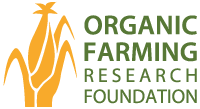

 From 1993-2020, Keith worked for the Southern Sustainable Agriculture Working Group where he helped strengthen organic and sustainable farming in the Southern U.S. In his capacity as Program Director, he coordinated thousands of conference sessions and training projects to meet the needs of family farmers and community-based organizations. Prior to his work with Southern SAWG, Keith was the marketing manager for the Ozark Organic Growers Association, a coop of small organic farmers in the Ozarks bioregion. In the 1980s he helped develop a sustainable training farm in mid-Missouri and later managed an organic farm in northern California. He grew up in a farming community in northern Iowa.
From 1993-2020, Keith worked for the Southern Sustainable Agriculture Working Group where he helped strengthen organic and sustainable farming in the Southern U.S. In his capacity as Program Director, he coordinated thousands of conference sessions and training projects to meet the needs of family farmers and community-based organizations. Prior to his work with Southern SAWG, Keith was the marketing manager for the Ozark Organic Growers Association, a coop of small organic farmers in the Ozarks bioregion. In the 1980s he helped develop a sustainable training farm in mid-Missouri and later managed an organic farm in northern California. He grew up in a farming community in northern Iowa.
